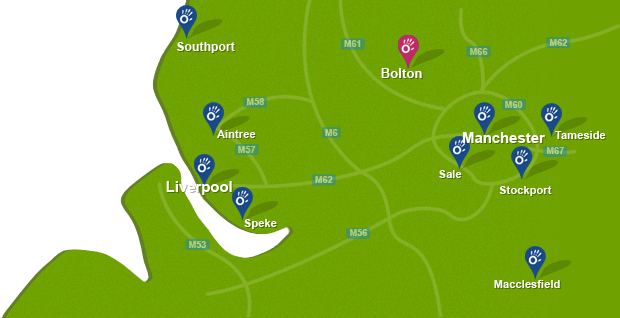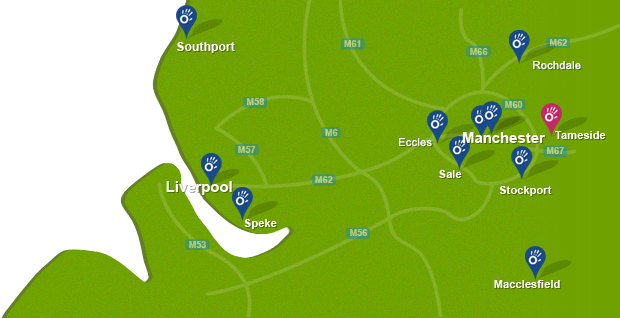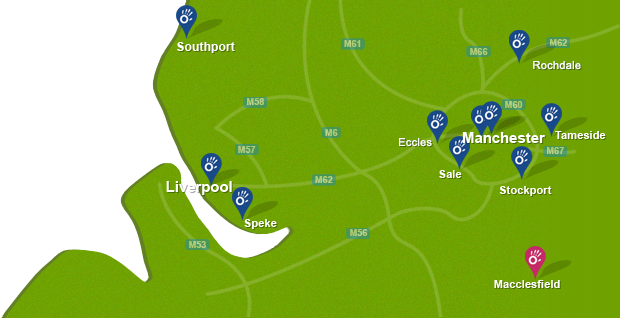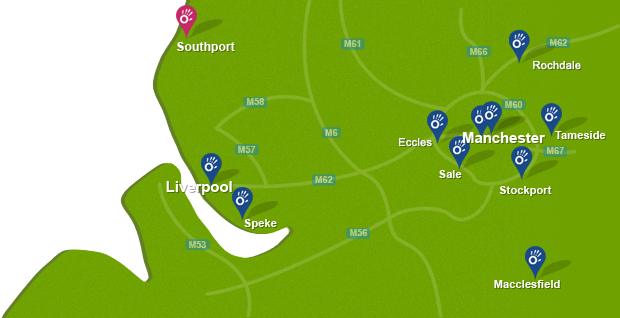What is spondylosis?
Spondylosis also known as spinal osteoarthritis is �wear and tear� of the joints and bones in the spine, causing pain, stiffness and reduced of function.
Spondylosis in the upper back is often characterised by a narrowed space between a person's vertebral bones (bones that make up the spine). As the space between the spinal vertebrae narrows, the affected person's discs may start to bulge out of place, compressing the nerves and causing pain in the upper back, which may refer to the chest and arms.
 Above: Spondylosis can be effectively managed with treatment and advIce.
Above: Spondylosis can be effectively managed with treatment and advIce.What causes spondylosis?
Spondylosis is predominantly age related. As you get older, the first part of wear and tear is commonly in the discs, where the water in the disc decreases. The discs then tend to bulge and become susceptible to tears. Your body will also try to compensate for the wearing of the joints by producing small lumps of extra bone called osteophytes to better support the back and stabilise the spine.
Osteophytes can cause the spine to become too rigid, leading to stiffness and neck pain. The changes in bone structure can also pinch nearby nerve structures causing pain.
What are the symptoms/effects of spondylosis?
The main symptoms of spondylosis are episodes of pain and stiffness. Pain usually comes and goes, with flare-ups followed by symptom-free periods. Other symptoms may include pain in the chest and arms, numbness, pins and needles and weakness if the nerve root is irritated.
Diagnosis of spondylosis
Spondylosis can be diagnosed by a physiotherapist or a doctor who will take a subjective and objective assessment. Various tests such as an X-ray or an MRI scan can be used to rule out other conditions and confirm the diagnosis.
Physiotherapy for spondylosis
Physiotherapy treatment will help you manage your symptoms effectively as well as increase muscle strength and flexibility in order to reduce pain and stiffness and increase stability of the spine.
Your physiotherapist at Manchester Physio will initially assess your current symptoms, range of movement and muscle strength in you upper back, to create a rehabilitation program to fit around your needs and lifestyle.
Physiotherapy treatment for spondylosis may include:
- Heat therapy to reduce pain and loosen tight muscles
- Soft tissue massage to relieve tension
- Individualised exercise program concentrating on active and passive range of movement exercises and how often to implement low-impact aerobic exercises such as swimming or walking.
- Correcting posture when standing, sitting and sleeping
- Advice on how to manage flare-ups of pain and stiffness
- Ergonomic assessment
 Above: Regular treatment can help manage the symptoms associated with spondylosis.
Above: Regular treatment can help manage the symptoms associated with spondylosis.Physiotherapy treatment at Manchester Physio will reduce your pain and stiffness and get you back to your everyday routine with confidence and success.
If you would like more information about physiotherapy for Spondylosis, or to book an appointment please call 0161 883 0077.


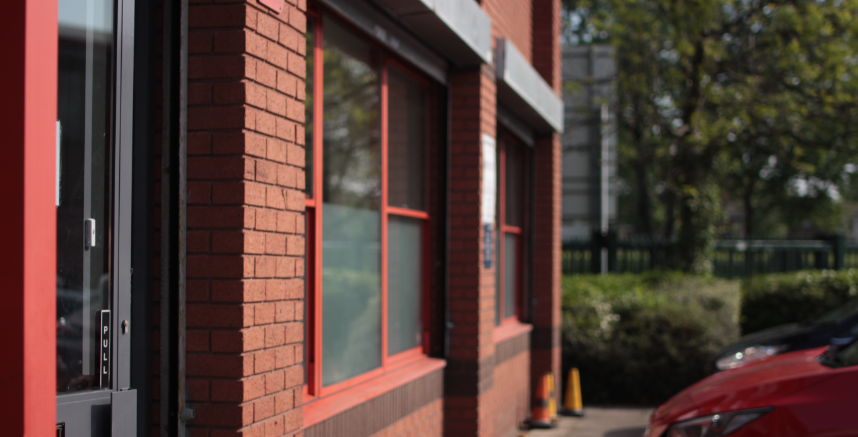
 0161 883 0077
0161 883 0077






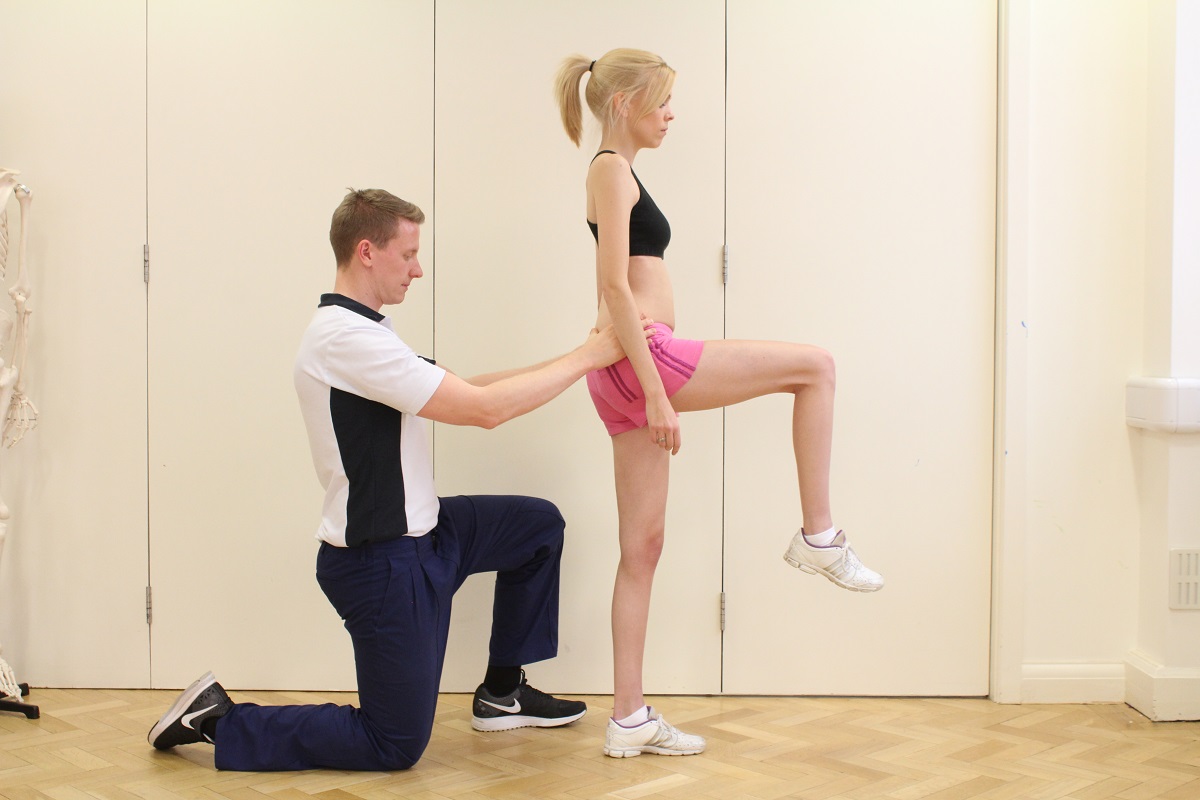

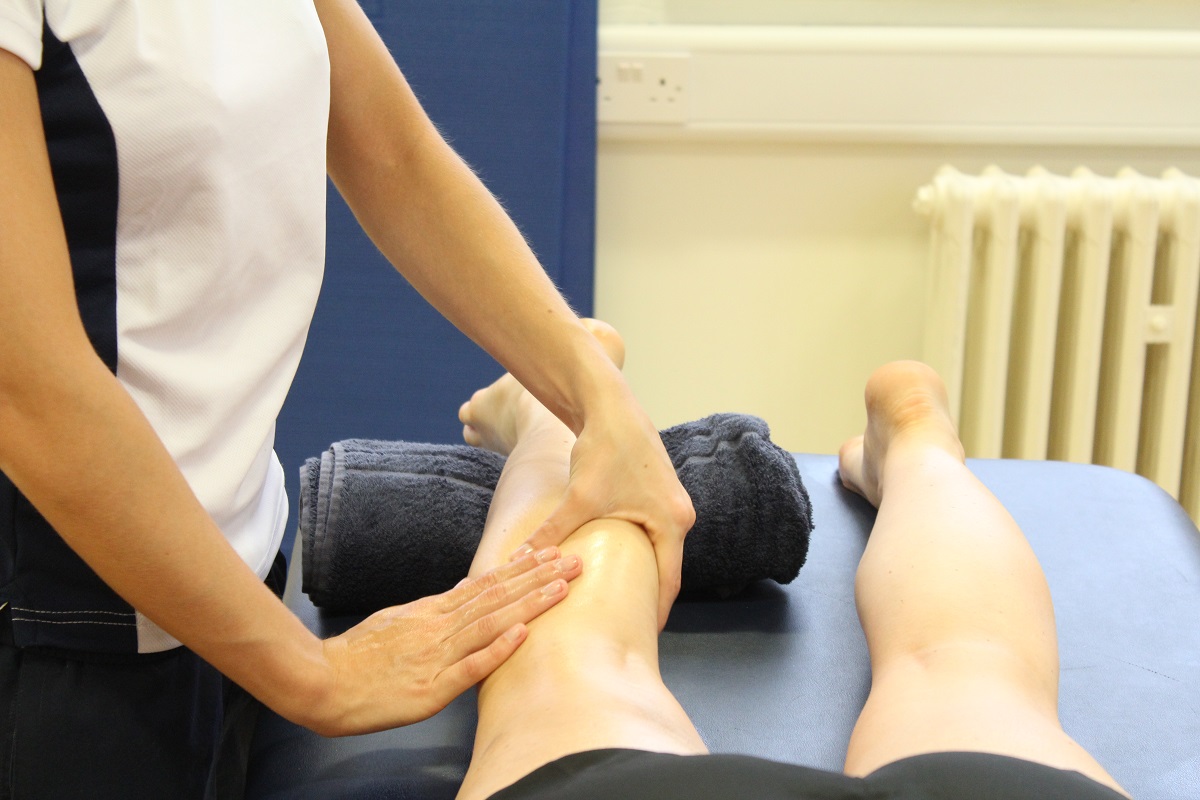

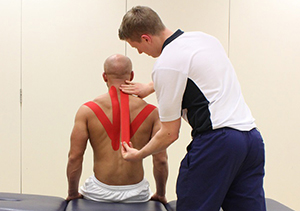

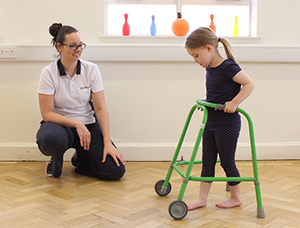
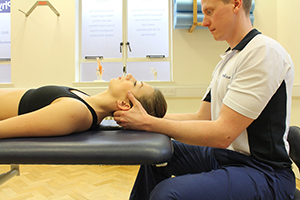


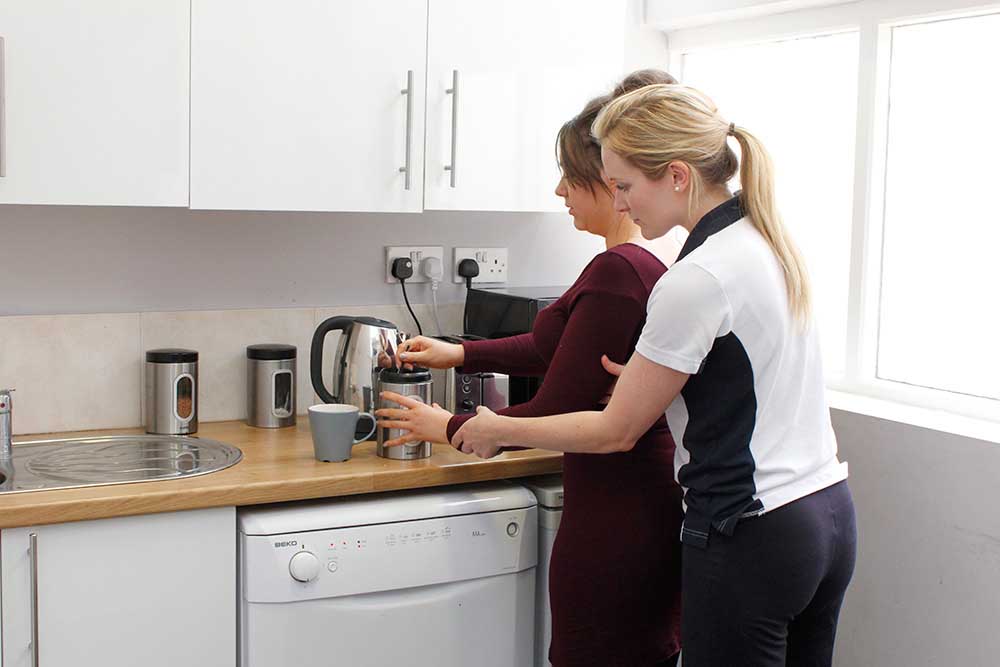



























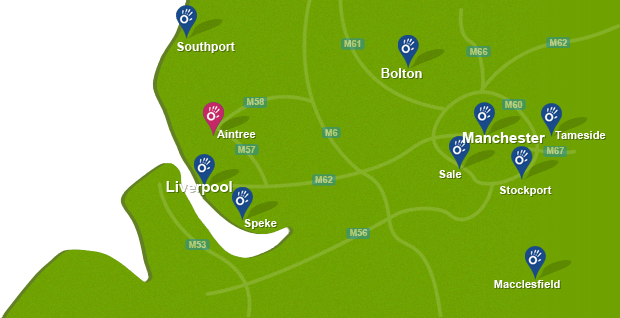

 f
f
